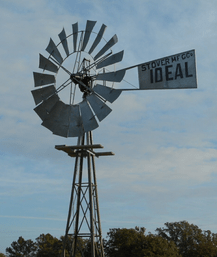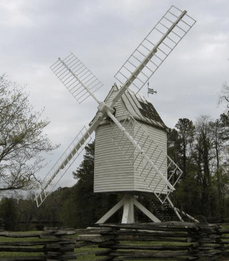CWB1
The same sort the rest of the country uses.
And for us non Americans what does that mean?
Only plastic PE / PEM outside and copper or PE /PEM inside?
Depends if youre talking hi side (feed) or lo side (drain) and indoor vs outdoor. Hi side interior stateside is generally copper or PEX, but CPVC is used to a lesser extent. Hi side outdoor is usually black steel. Lo lines are usually cast, black steel, or heavy PVC regardless of location being underground. Gas is copper or steel.
The sillcock (spigot, tap, bibb, etc) images you and Alistair posted above are called "frost-free" stateside. They have become a code requirement for new homes in some areas fairly recently but are far less common than a standard external sillcock. Personal preference varies with proponents of each. The frost free variety tend to be rather cheaply made and regularly break from a combination of mineral buildup, cheap materials, and sensitivity to torque. Breaking an external sillcock is nearly impossible by comparison bc theyre heavier brass and less susceptible to mineral buildup, they leak but are easily rebuilt. I upgrade to frost-free when selling to give the appearance of shiny/new but am in no rush otherwise if the sillcock isnt leaking. The current home has three 70+ year old external sillcocks running the sprinklers, one was upgraded bc it leaks and we plan to sell in a few years. The rentals are all decades-old external bc theyre bulletproof. A few decades ago it was a fad stateside among new homeowners to add a shutoff valve and drain external sillcocks but nobody that I know bothers anymore bc there's little risk of freezing/bursting. The northern 1% of the continental 48 might get down ~-15F/-25C for a few days in a cold winter, so there's nothing to worry about unless you're a serious worrier.
An interesting irony and dirty unmentionable of renewable discussion stateside is that the political half constantly demonizing reliable/cheap fossil fuels as evil vs unreliable/costly solar & wind renewables have spent ~70 years pushing for the end of reliable/cheap hydroelectric, and in many areas have succeeded. The rural electric co-op that powers my folks' is up against them now. A local paper mill provided cheap power to the town from ~3 MW of hydro-generators from the 1930s until ~Y2k when it was forced to close and the town bought the site. Now the same outsiders who cost the townspeople half their jobs are demanding the town remove the hydros and buy off the larger grid which would increase prices from $0.025/kWh to $0.12/kWh, and require folks to convert homes from the common electric to fossil fuel heating. Apparently in an area legendary for sportfishing, nature, and green living, the fish are suffering a terrible tragedy that modern dam regulation cannot prevent.


![[lol] [lol] [lol]](/data/assets/smilies/lol.gif)
![[ponder] [ponder] [ponder]](/data/assets/smilies/ponder.gif) or ??
or ??